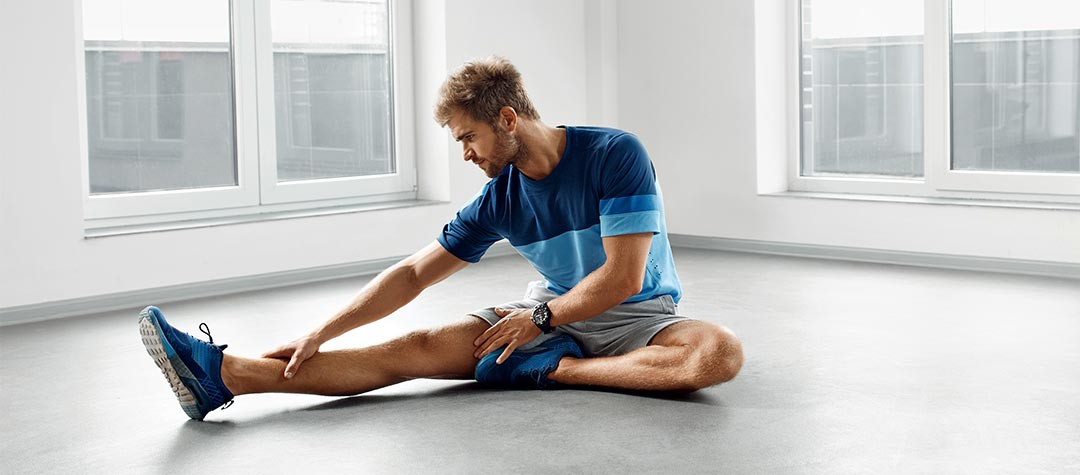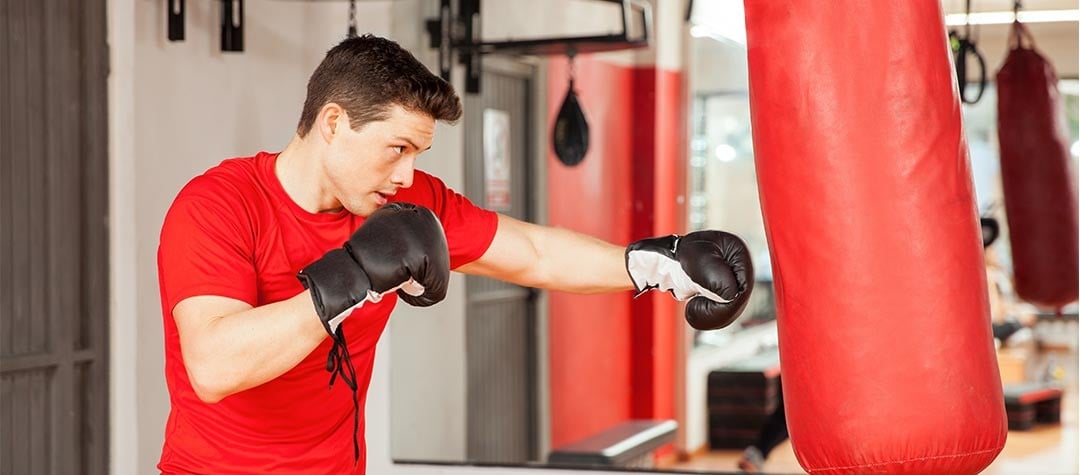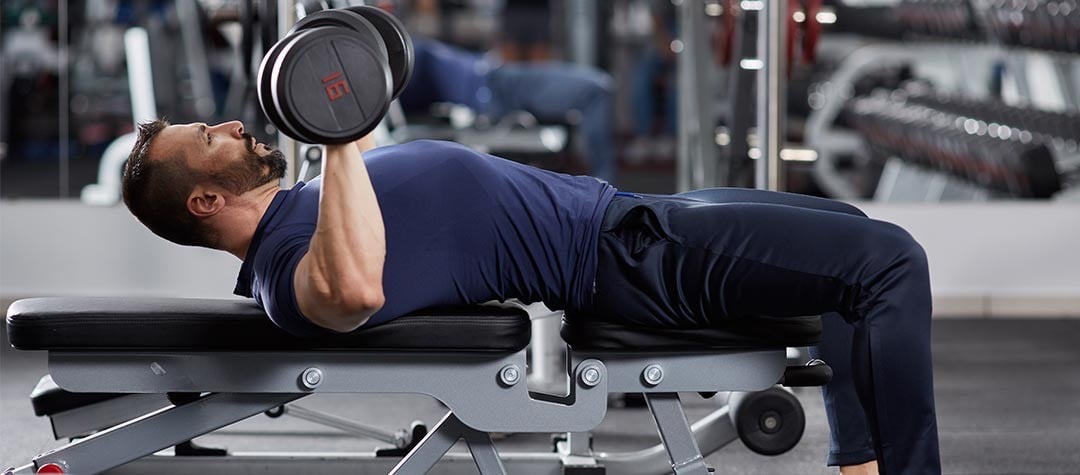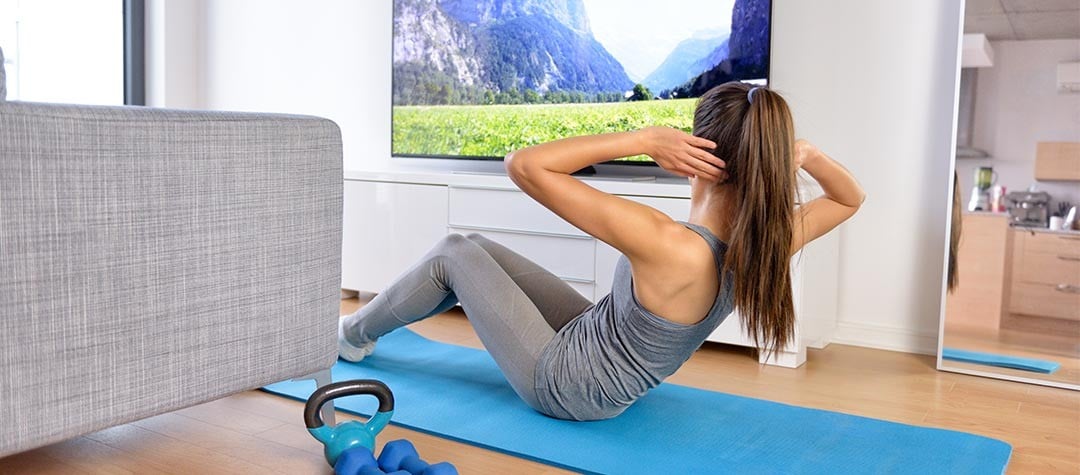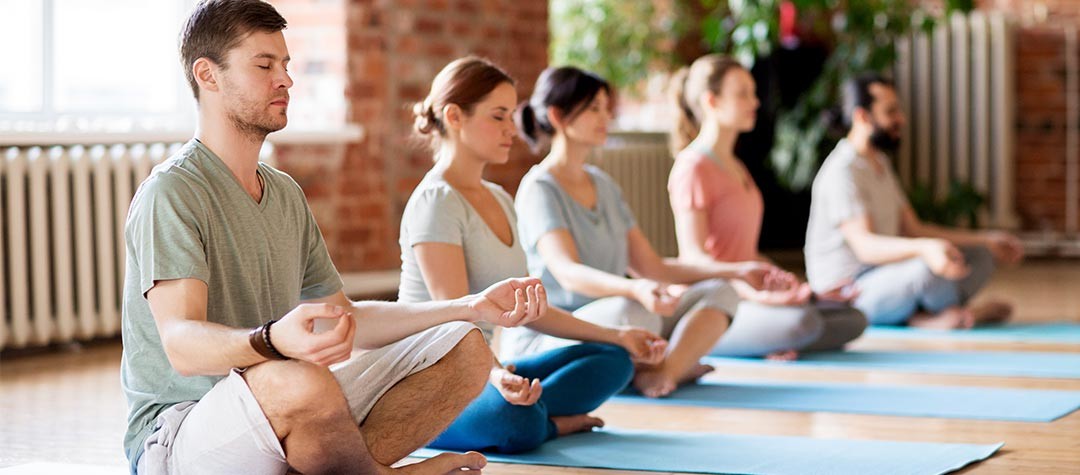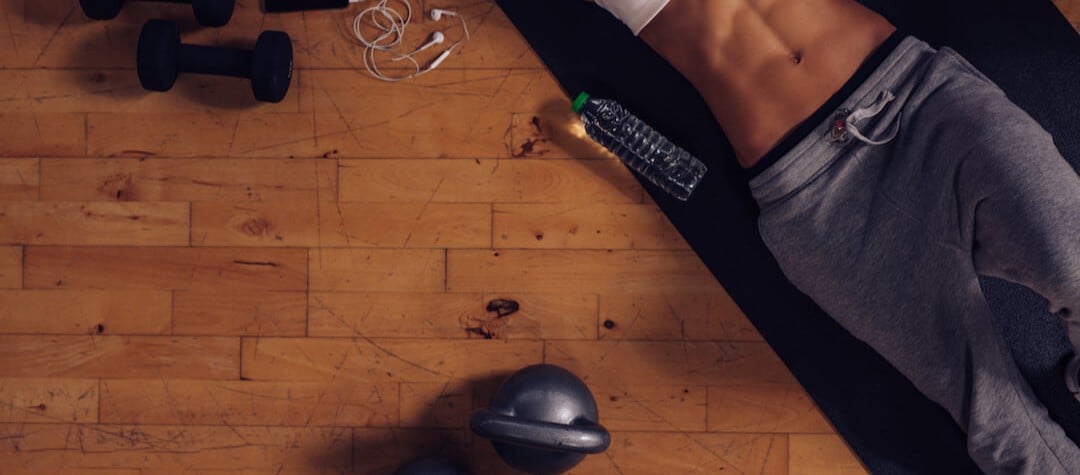When you think about measuring fitness, it’s often cardio fitness or strength which are the first things that spring to mind. However, flexibility is a vital component of fitness which should not be neglected.
With stretching exercises, genuine and significant fitness gains are possible with minimal effort, providing a comprehensive range of benefits to complement your fitness programme.
What is flexibility?
Good flexibility can be defined as having a complete, functional range of movement for all your muscles so that none of your movements are compromised in any way. Flexibility for a top gymnast might mean being able to do the splits but for most of us, that level of flexibility is unnecessary. However, what is undoubtedly useful is to be able to perform all your daily tasks and activities with ease — for example, getting in and out of a vehicle and reaching down to tie shoelaces. Taking that a stage further, good flexibility means that you can perform optimally in your chosen sport, without risking injury from a pulled muscle.
For example: a badminton player frequently has to lunge forward to retrieve a shot. If he or she has poor leg flexibility, his or her stride will be shortened, range of movement compromised and risk of injury increased. However, spending time carrying out stretching exercises will safeguard against muscle pulls and tears and improve on-court performance through an increased ability to reach distant shots.
Flexibility training brings many considerable benefits including:
- Elongated muscles
- Reduced risk of injury
- Reduced muscle soreness
- Reduced muscular tension
- Improved posture
- Balances imbalances from training (eg: hunched shoulders from cycling)
- Improved mobility
- Improved sporting performance
- Improved suppleness
- Improved relaxation
- Improved body awareness
- Day-to-day tasks made easier
- Relaxed movements
Without exception, a supple and flexible body will improve your posture and make almost every body movement and task easier. For sport, it improves performance, increases range of motion and reduces the risk of injury.
Simply following a stretching routine encompassing all the main muscle groups for just 10 minutes, two or three times each week will bring about significant flexibility improvements. Additionally, if you can involve a partner/trainer who can assist you with your stretches, the benefits are even greater.
To experience all the benefits from your flexibility training, it is important that you stretch at the correct time in your session. There is only ever one time to stretch properly and that is when your muscles are fully warmed up. Consider a piece of cold chewing gum and try to stretch it. It is difficult and ineffective. However, when it has been thoroughly chewed, it warms up, softens, becomes extremely pliable and can easily be stretched and manipulated.
Your muscles react in a similar way. Warm them up and increase the blood flow to them and they become much more elastic. Conversely, if they are cold, blood flow will be reduced and stretching them will become much harder, unproductive and can result in injuries. Hence for maximum effectiveness and reduced injury risk, all stretching should always be done with warm muscles.
Here are some golden rules on how to stretch properly:
1. If warming up for exercise
Flexibility training can be carried out as an isolated session, or before other training, but only when the body has been completely warmed up. Moderate CV exercise for 10-15 minutes is ideal for a warm-up. Additionally, your warm-up should be specifically targeted at the muscles you intend to stretch. For example: if you are going to follow a program of lower body stretches for the major leg muscles, warming-up using a cycling machine, treadmill or complete a jog.
2. Relax when stretching
A second important factor when stretching is to be relaxed. Physical and mental tension will inhibit your range of movement and prevent your muscles from stretching as effectively. Hence, you will not achieve maximum flexibility benefits.
3. Ease into the stretch
Gradually move your body or the limb being stretched into the stretch position. Once you feel slight tension in the muscle, known as the point of bind (the limit of the muscle’s flexibility), hold the position. Avoid bouncing or any other movements which could overstretch the muscle and result in injury.
4. Relaxed breathing
Always keep your breathing easy and relaxed because that will reduce all-round muscular tension, which in turn will allow you to stretch further. Holding your breath will tense up your entire body, making stretching much harder.
5. Hold the stretch for 30 seconds
To get maximum stretching benefits, you need to hold the stretch for a minimum of 30 seconds. Stretching each muscle for just a few seconds brings no flexibility benefits.
6. Pain means no gain
Stretching should invoke a mild feeling of ‘tightness’ or tension within the stretched muscle. Pain when stretching indicates injury or a muscle that has been overstretched. Therefore, never stretch beyond a ‘comfortable tightness’.
7. Avoid bouncing up and down
Never bounce when holding a static stretch as this can cause unnecessary strain on your muscles, resulting in overstretching and injury .
8. Rest and repeat your stretching
A single stretch for each muscle is very beneficial, but if time permits carry out two stretches for each muscle, separated by a short break of 30 seconds. The second stretch will help extend your range of movement further.
9. Frequency of stretching
Ideally, you should look to do some flexibility training every time you exercise. Stretching the major muscle groups that have been worked during your session need take only five to 10 minutes at the end of your workout and can form part of your cool-down . Alternatively, try to devote a single session solely to flexibility training – in which you should thoroughly warm up and then carry out a range of flexibility exercises at a relaxed pace.
10. Ensure that your body is kept in balance
This means that you should stretch each opposing muscle group equally. For example, if you stretch the quadriceps muscles (at the fronts of the thighs), then you should also stretch the hamstrings (the muscles at the backs of the thighs).
Which muscles should I stretch?
There are more than 600 muscles in the human body but for a balanced flexibility programme, the key ones to consider are:
- Hamstrings (back of thigh)
- Quadriceps (front of thigh)
- Calves (back of lower leg)
- Glutes (buttocks)
- Hip flexors (front of pelvis)
- Adductors (inside of thigh)
- Back
- Neck
- Chest
- Lats (sides of back)
- Shoulder
- Biceps
- Triceps
The more flexibility training that you carry out, the more benefits you will enjoy. Far from detracting from your other training, substituting some stretching for a few extra minutes CV or resistance training will improve your overall fitness, not decrease it. If you can complete two 10-minute stretching sessions each week, you are well on the road to keeping mobile, supple and injury-free and the ‘forgotten component of fitness’ will be a thing of the past.
What flexibility training counteracts
- The ageing process. As we age, our bodies tend to dehydrate – plus the structures of our tissues will change, making our muscles less supple.
- The very act of training itself. When a muscle is exercised and develops, over time it will become tighter – and therefore its flexibility will decrease.
- Lifestyle postural problems. Sedentary lifestyles – including long hours spent seated while working at computers, watching TV, and driving – contribute to the development of poor posture , whereby some muscles become overstretched or less flexible.
The purpose of regular stretching is to maintain or improve your flexibility so that you get full mobility and a complete range of movement for each muscle.
There are three types of flexibility exercise:
1. Static stretching
This technique is mainly used to maintain flexibility, and involves moving into the stretch position and holding it without any movement.
It is important to avoid ‘bouncing’ when stretching because it could overstretch the muscle and lead to a pull or tear. Instead, gently lean into the stretch until you feel a slight tightness in the muscle or muscle group. Maintain a relaxed breathing pattern, which will help you get the most out of your stretch, and then ease a fraction further into the specific stretch position after about 15 seconds. This ‘extra’ movement is possible because after 15 seconds your body’s natural 'protective stretch inhibitor' will have switched off, enabling you to get a little more from your stretch.
2. Dynamic stretching
This involves gradually increasing the range of movement of the muscle which is under control – for example, swinging your leg backwards and forwards, and moving it increasingly higher and further back to extend its range of movement. Dynamic stretching is often used as a warming-up technique to increase mobility.
3. Developmental stretching
With a developmental stretch, you are looking to improve the flexibility of a tight muscle or muscle group. Developmental stretching is a specialist flexibility technique and usually needs to be executed with the assistance of an exercise partner or trainer. The other person can hold your affected limb in position and carefully extend the range of movement under control, while getting feedback about any feelings of tightness or discomfort.
Your flexibility training
For the short amount of time it takes to stay loose and supple, flexibility training has to offer the greatest rewards of all the various fitness disciplines. Doing just a few minutes of stretching at the end of each exercise session, or as a dedicated stretching session, will help you to stay mobile and injury free, reduce any post exercise soreness, and improve your performance. Flexibility training provides very big rewards for a very small time commitment – especially in comparison to other fitness disciplines such as cardiovascular and resistance training. Factor in good posture and reduced tension and for a few minutes a day, stretching offers a formidable package of health and fitness benefits.

